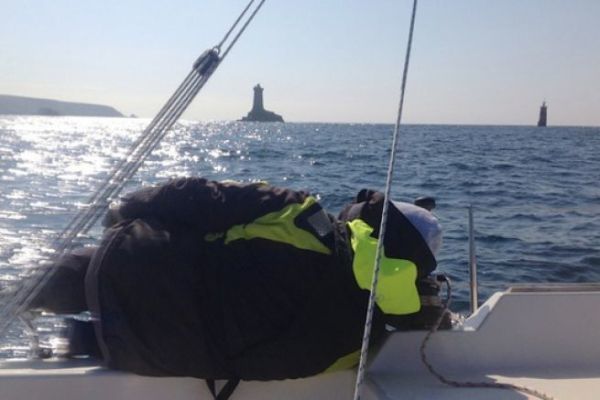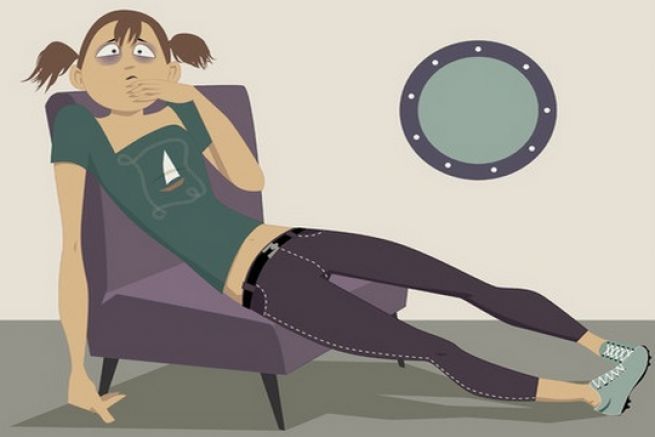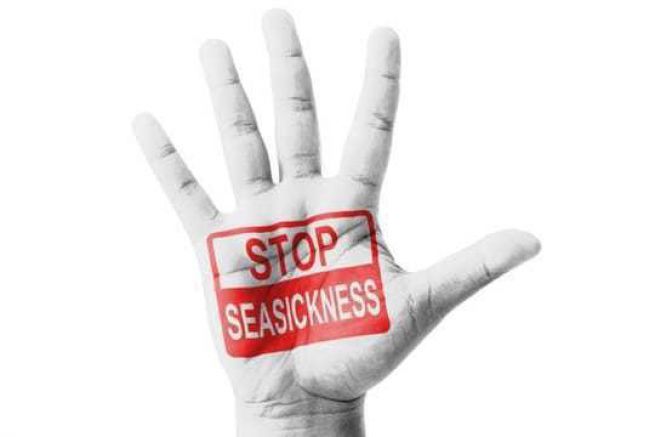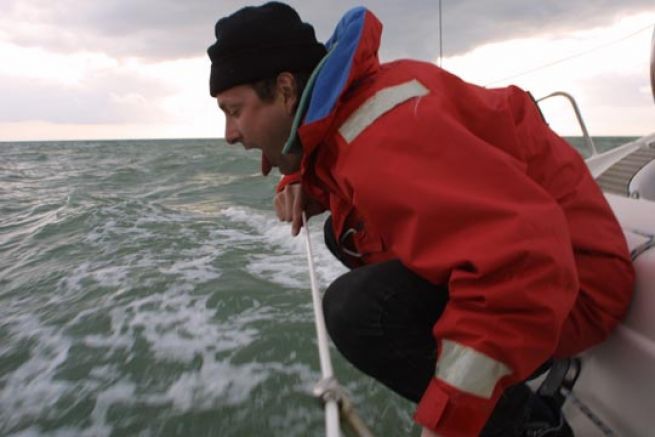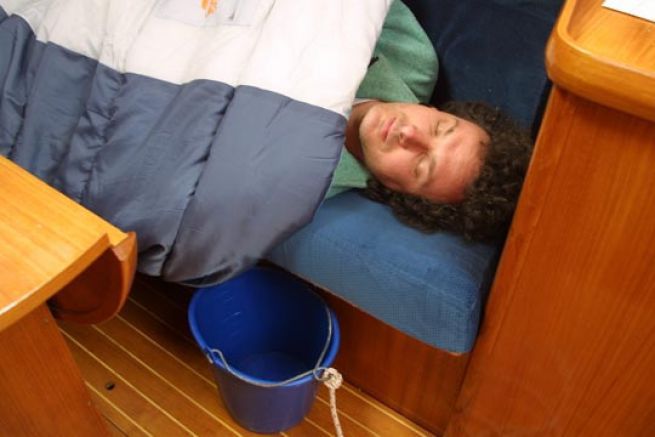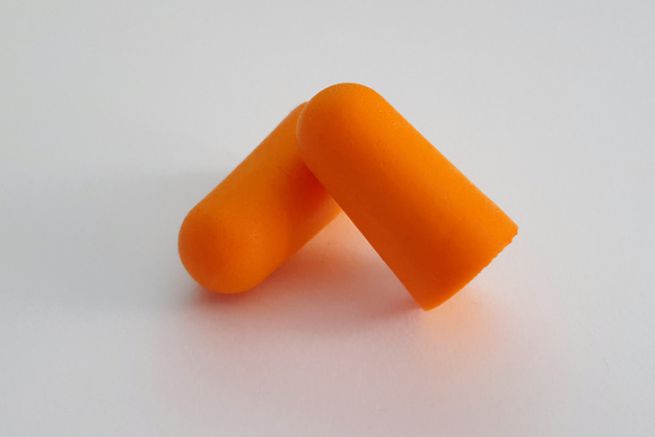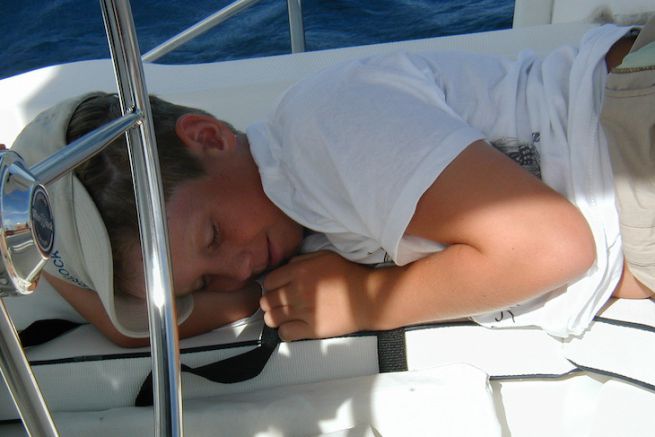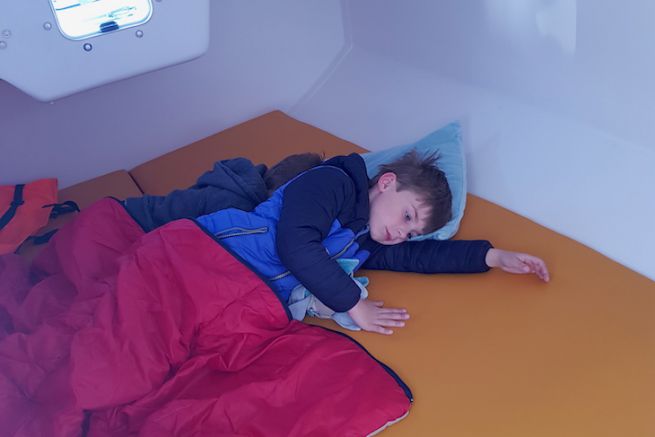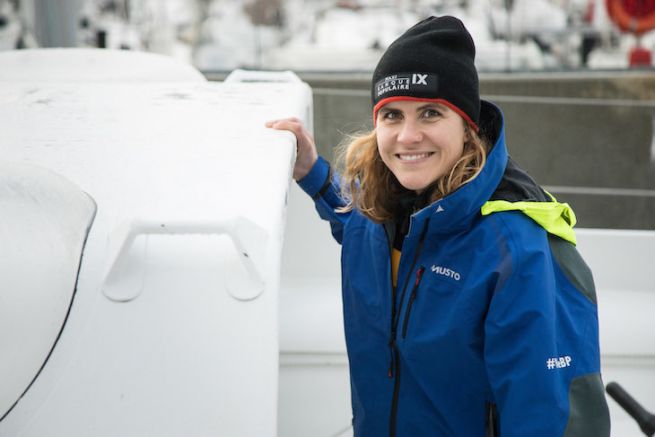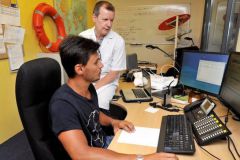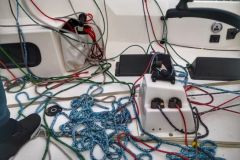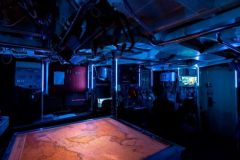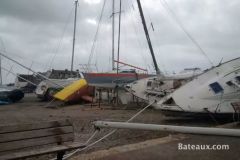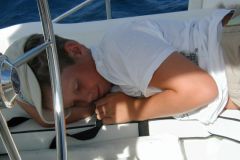Can you explain what seasickness is?
The mechanism of seasickness is due to sensory conflict. In the balance, there are three pieces of information that come into play. The central retina identifies a person and the peripheral retina places them in space. Then, the inner ear, which is an accelerometer, provides information on speed information. Finally, the deep sensitivity or proprioception perceives the boat's movements from the arch of the foot. The major conflict is related to the stimulation of the inner ear, the movement of the swell. The movement related to the ear is different from that perceived by the ground. The information is also inconsistent with the view.
All this information will be compared with recorded patterns and this is what will cause seasickness. Either we are able to find solutions, it is called docking, or people are struggling to find these solutions. In itself, it is not unusual to be sick in the first few days. Concern arises when people are unable to get out of seasickness and acclimatize. It is all the more difficult to find them because it is impossible to detect them beforehand. We are not able to know who will be able to adapt and who will not.
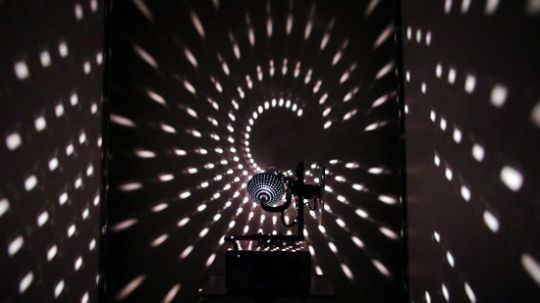
For example, if you close your eyes and place your hand in a position, you can define its position using all these sensors.
These three pieces of information must be consistent so that the brain, when it receives them, can create tone. Often, in a moving vehicle, there is a conflict between this information.
Example: In a TGV travelling at 300 km/h at constant speed, we have no information on movement. It is the scrolling of the landscape through the glass that gives an indication of movement.
Everyone can be affected by seasickness?
Yes. There are situations where people who are never sick could be. Factors such as poor nutrition, cold... It has been noted that in a shipwreck, 70% of passengers suffer from seasickness. Some great sailors are affected by seasickness. It is a problem of sensory conflict and not only a question of will, it is a somatic problem.
What technique have you developed to resolve the conflict at sea?
The exercises we propose will be similar to the conflicts we encounter at sea and by habituation we will help patients to adapt. We will resolve a number of primary conflicts so that once at sea, they will have solutions. The opthosymmetric exercises are performed with faceted balls as in nightclubs, on rotating chairs. The goal is to embarrass people, without making them sick. The exercises are made more complex to irritate people and to teach them how to manage conflict.
The treatment is spread over about ten sessions of 30 minutes each.
Is the technique infallible?
In 2010, a study was conducted on 100 sailors, 73 were cured and no longer had vomiting. We've had 25% failures, but we're still conducting research. A lot of people have been able to resolve the conflict and have found ways to establish the patterns that help them understand what is happening.
To which audience do you recommend your technique?
I think that for the Sunday boater, who goes out from time to time like the wives or spouses of boaters, we have to try to find a medical solution. Antihistamines may be prescribed such as Mercalme or scopoderm.
For sea professionals or boaters who are failing rehabilitation, taking life-long medication for seasickness is not recommended. Here, we are talking about people who work in the sea or boaters who regularly practice like weekends and holidays. I therefore recommend that this audience be rehabilitated. It's a little time-consuming, but it's a natural technique.
Are you the only ones doing this rehabilitation?
No, we have a lot of experience, because we are in Brest, by the sea, in a port, we work with the French Navy, but all the physiotherapists who have training in the rehabilitation of the inner ear are competent. You need to have training in the lobby.
Other professionals have also been involved.
What do you think of these new sea-sickness objects like glasses or clothes?
I have trouble evaluating, I haven't worked on it. For people who have failed, people at the end of the day, it can work. Some people may be relieved by these techniques.


